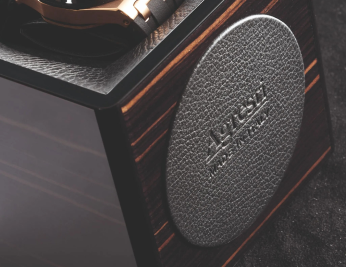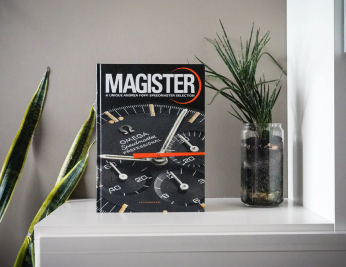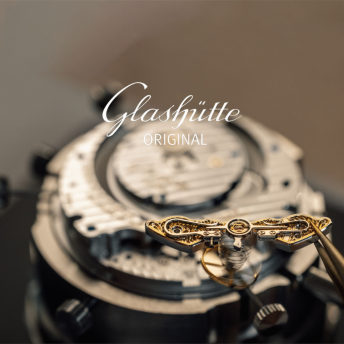Mechanical watches are much more than instruments for measuring time; they are masterpieces of engineering and design that encapsulate centuries of innovation. Among the many horological complications, jumping hours hold a special place because of their minimalist aesthetics and unique operation. This complication not only presents a technical challenge to watchmakers, but also offers a distinctive visual experience, combining elegance and simplicity.
What is the Leap Hour Complication?

The jumping hours complication, or “jumping hours,” is a type of time display in which the hour indication appears in a window on the dial, changing abruptly every 60 minutes. Unlike traditional watches with hands, which offer a continuous transition between one hour and the next, jumping hours move instantaneously and precisely, indicating the time in a very simple and intuitive way.
The display is often accompanied by an auxiliary dial or hand for minutes and sometimes seconds. This combination creates a unique mix of analog and digital design.
The origins and history of jumping hours

The jumping hour complication has ancient roots dating back to the 19th century, when pocket watches dominated the market. One of the earliest examples is attributed to an 1882 patent by Josef Pallweber, an Austrian watchmaker who developed a digital display system based on rotating discs for hours and minutes. The Pallweber Pocket Watch, produced by brands such as IWC, is considered one of the earliest interpretations of this complication.

In later years, the concept of jumping hours evolved, gaining popularity in pocket watches and, later, in wristwatches. During the 1920s and 1930s, with the Art Deco boom, jumping hours became a symbol of modernity and style. The clean dials and “digital” indications were a perfect match for the geometric and innovative aesthetics of the period. One of the best-known examples is Cartier’s “Jump Hour” watch, which combined luxurious design with this innovative complication.
The modern renaissance of jumping hours
After a period of decline with the arrival of quartz watches and the crisis in the mechanical industry in the 1970s, jumping hours experienced a renaissance. Today, this complication is a symbol of sophistication and innovation, adopted by some of the most prestigious maisons. Let’s look at a few examples.
A. Lange & Söhne Zeitwerk

The Zeitwerk from A. Lange & Söhne is one of the most iconic watches using the jumping hours complication. Introduced in 2009, it combines jumping hours and minutes in a mechanical digital display, powered by a highly complex movement. Its modern aesthetics and technical precision make it a masterpiece of contemporary watchmaking.
F.P. Journe Vagabondage

How not to mention the genius of F.P. Jorune, with the Vagabondage collection, which is another unique interpretation of this incredible complication. The watches use rotating discs for hours and minutes, framed in a tonneau case. The Vagabondage III even includes a digital seconds display, a rare technical feat.
The allure of jumping hours today

Jumping hours are appreciated for several reasons, starting with their innovative design, creating a very minimalist, clean, linear dial. Another aspect is the technical challenge faced by brands in making this complication, which requires extreme precision to ensure that the hour disc jumps exactly at minute 60.
Many independent and artisanal brands, such as MB&F and Urwerk, continue to explore new interpretations of jumping hours, proving that this complication remains relevant and highly valued.
Conclusion
Jumping hours represent one of the most fascinating and underrated complications in watchmaking; they serve as a testament to horological genius. For those looking for a watch that combines innovative engineering and unique design, jumping hours are a symbol of sophistication and boldness.
Visit our Youtube channel to experience the best of the world of watchmaking firsthand.
For all real-time updates follow us on Instagram.













